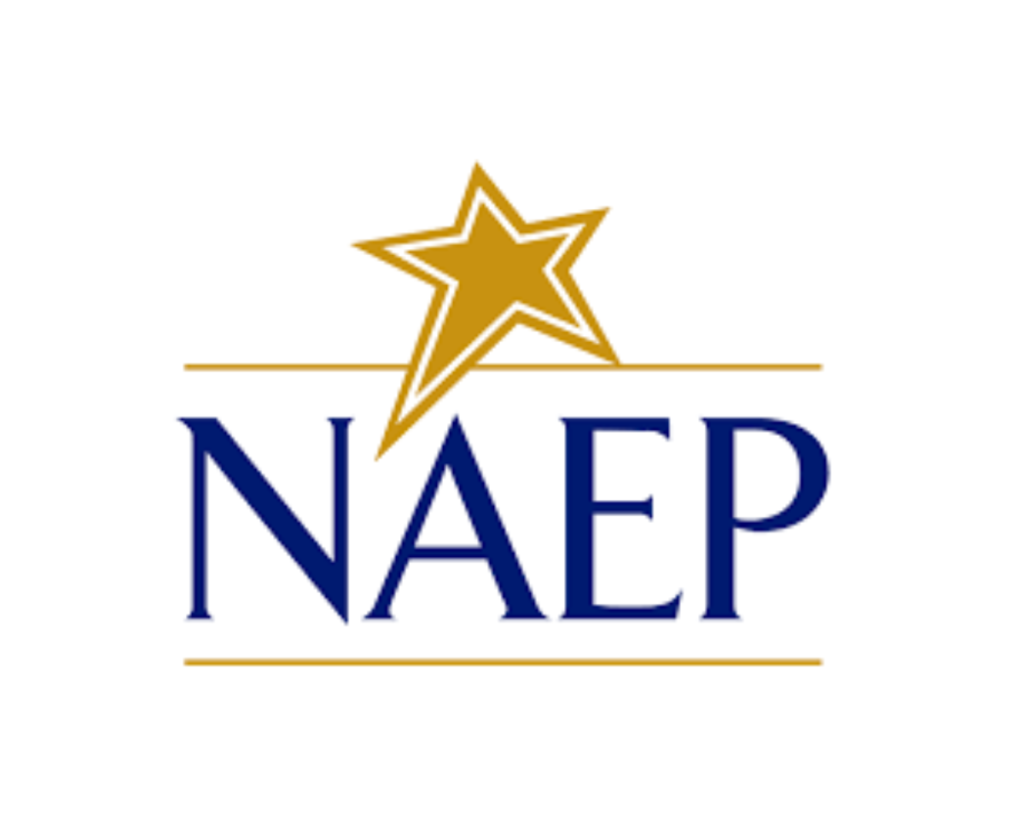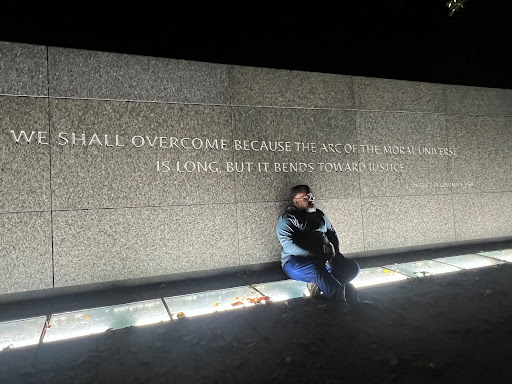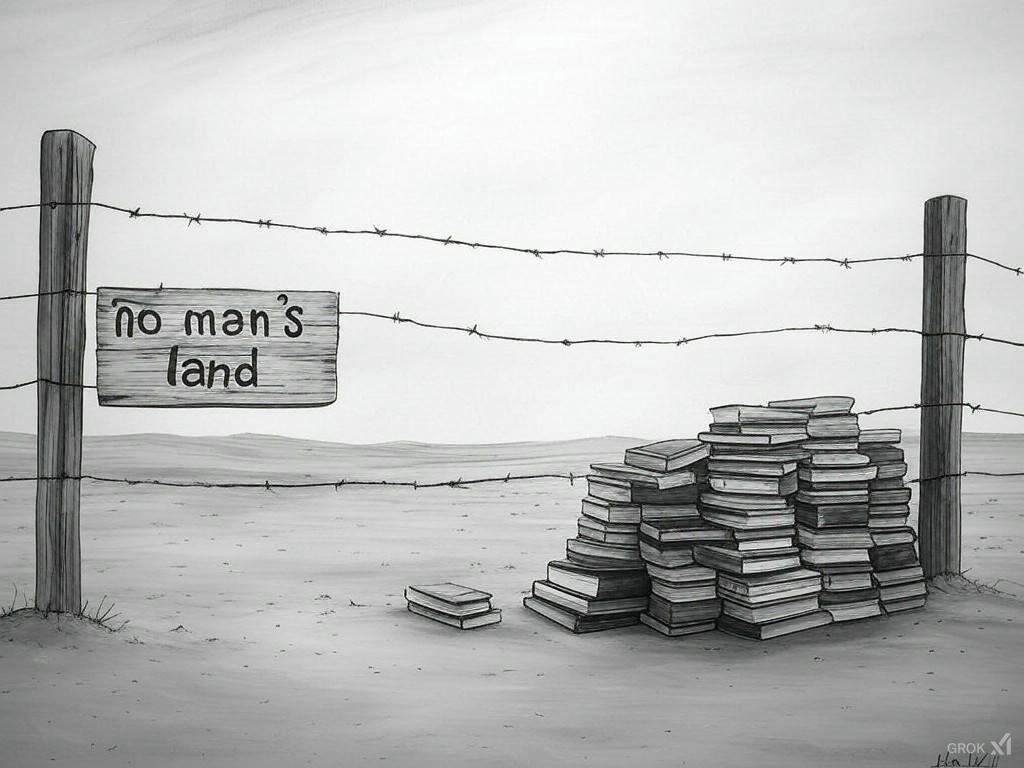The alarming news from this week’s release of National Assessment of Educational Progress (NAEP) scores (also known as the Nation’s Report Card) for Denver Public Schools landed with not a single major story in the Denver media. Yes there was some news about the Colorado data, but nothing about our state’s largest school district’s results on the gold standard of assessments.
According to NAEP, fewer than one in five Black or Latino students are reading at grade level and only one in 10 of those same students can do math at grade level, (like converting a fraction into a decimal in eighth grade).
This is not new news. DPS reported internal, interim assessment results last winter that showed similar declines in achievement for kids of color, though officials tried to spin it as a positive. More recently, the district tried to downplay the release of the state test scores last month, and the district’s dismal performance.
One has to wonder if anyone cares whether 58,000 Black and Latino students in Denver have a shot at college or a living wage.
There was not a single tweet, email or letter from DPS officials to the public acknowledging the reality shown by this week’s release Denver’s NAEP scores over the last few days. No school board member or senior administrative staff member had a singe word to say about the results and what was being done to take on this crisis.
DPS did post a short description of the NAEP scores on its website with this opening “Students in Denver Public Schools are generally performing higher than other large cities across the nation,” which seems like a stretch at best. It conveniently omitted data — how many kids were proficient in reading or math — and the stark implications of that data.
DPS also sent out several tweets this week saying it was “It’s finally feeling like fall “with lovely photos of kids playing in the colorful leaves and one other tweet about how kids can plan their careers with support from DPS (curious if those careers include jobs that require basic math or reading).
It was as if the Wizard of Oz was saying “pay no attention to the man behind the curtain,” or those NAEP scores.
Other educational leaders throughout the country said that NAEP confirms the biggest crisis in modern American education history. US Secretary of Education, Miguel Cardona said “This is a moment of truth for education. How we respond to this will determine not only our recovery, but our nation’s standing in the world.”
To be fair Denver’s NAEP nosedive during the pandemic was similar to many urban school districts and states. What’s alarming is that there is no detailed plan to address the problem and that Denver had been making slow but steady achievement progress relative to most districts over the last decade until the pandemic hit.
We are seeing school districts throughout Colorado and the nation with similar challenges stepping up and supporting students with enhanced learning opportunities. JeffCo is providing tutors for every student needing support several times per week, as well as supporting teachers with a new reading curriculum. Many Colorado school districts extended summer school and opened it for all students and many schools like Denver School of Science of Technology have increased communication with families and programing for academic support.
Meanwhile, DPS has offered some vague platitudes, but no more time for in-school learning for students this year than prior to the pandemic. Denver’s new tutoring program, funded by the feds and designed to combat pandemic-related learning loss was serving 840 students in about 16 schools last January. Assuming this is working, it is roughly 2 percent of what is needed.
DPS must tell parents and community what is happening. They deserve the truth.
And if the district can’t come up with a plan for how to better meet the needs of 58,000 Denver students, others in Denver need to step up.
Where is the community outcry over what has happened, and calls for what must be done to support our student’s success?




